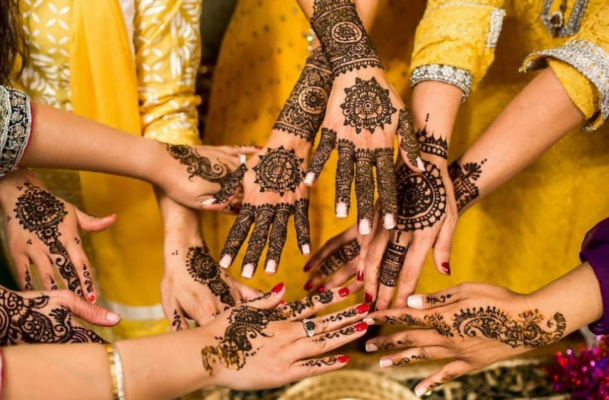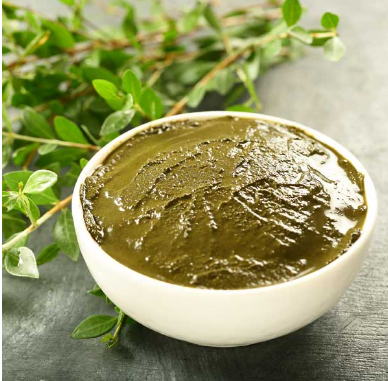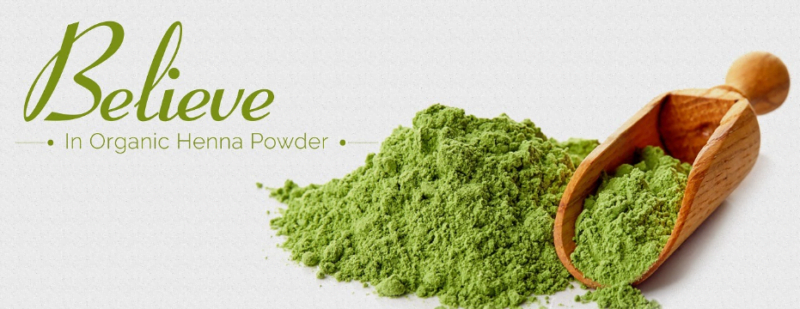The art of Moroccan henna is a tradition as vibrant and captivating as the hues of its famous spice markets. Through generations, this ancient practice has woven its intricate patterns into the tapestry of Moroccan culture, adorning celebrations, ceremonies, and daily life with its rich symbolism and timeless elegance. Join us on a journey to discover the secrets and stories behind the art and tradition of Moroccan henna, delving into its origins, significance, and enduring charm. The Moroccan henna beckons from the bustling streets of Marrakech to the serene oases of the Sahara, inviting us to explore its beauty and unravel the cultural threads that have shaped its legacy.
- The origins of henna
Moroccan henna, or “hina” in Arabic, has a long and complex history and has been ingrained in the nation’s culture for many years. Its origins can be found in antiquity, when it was prized for its symbolic meaning in addition to its usefulness as a skin, hair, and fabric dye.
Henna has been linked to several cultural customs and meanings in Moroccan society. It was frequently employed in religious festivals, marriages, and other rituals and ceremonies where it stood for protection from evil spirits, blessings, and warding off births. Applying elaborate henna drawings, or “mehndi,” which stand for joy, beauty, and ethnic identity, became a crucial component of these festivities.
Henna was also utilized in Moroccan folk medicine, where it was thought to have therapeutic qualities and was used to treat a variety of illnesses. Due to its inherent calming and cooling properties, it was a well-liked treatment for fevers, headaches, and skin ailments.
Moroccan artists and craftsmen have perfected the skill of henna application and preparation throughout history, passing down methods and designs from one generation to the next. The application of henna evolved into a means of artistic expression as well as a way to preserve cultural history, with each Moroccan region creating its own distinct designs and styles. Henna is still a crucial component of Moroccan customs and festivities today.

- What is Henna?
moroccan Henna a fragrant, fine powder made from Lawsonia inermis shrub leaves. Herbalists have been using henna, a warm-weathered plant native to the Middle East, North Africa, South Asia, and India, for millennia to color skin, hair, nails, and even some fabrics.
Henna is traditionally used to make temporary tattoos on the skin. At weddings, for example, women would adorn the bride’s hands and feet with elaborate henna designs to bring good fortune and happiness on her new journey, as well as during religious festivals or cultural events. Depending on the location and event, these elaborate and creative decorations have different cultural meanings. Henna is prized for its therapeutic and skincare benefits in addition to its aesthetic uses.

- Art and Tradition
Henna designs are more than just decorations in Moroccan culture; they are the core of deeply ingrained customs, values, and beliefs. Each carefully produced design has a distinct symbolic meaning, ranging from delicate flower motifs expressing beauty and fertility to elaborate geometric patterns symbolizing cosmic order. At life’s major events, like weddings, henna is especially meaningful since it bestows blessings upon the newlyweds and showcases the diversity of ethnic and familial customs. These patterns preserve Moroccan heritage’s beauty and richness for future generations while also acting as a means of artistic expression.
- The benefits of henna
The benefits of henna are numerous and diverse, extending beyond its traditionale use as a dye for skin and hair. Here are some of the key advantages of henna:
- Natural Hair Coloring: Henna is widely used as a natural hair dye. It can cover gray hair, impart reddish or copper highlights, and enhance hair shine.
- Hair Conditioning: In addition to coloring, henna acts as a natural conditioning agent for hair. It makes hair softer, stronger, and shinier while reducing frizz.
- Medicinal Properties: Henna is known for its antibacterial, antifungal, and anti-inflammatory properties. It can be used to treat skin conditions such as eczema, psoriasis, and skin infections.
- Skin Soothing: Applied to the skin, henna has a cooling and soothing effect. It can relieve irritation, itching, and sunburn while leaving the skin soft and smooth.
- Nail Strengthening: Due to its strengthening properties, henna can be used to reinforce nails and prevent breakage and splitting.
- Emotional Well-being: Some cultures believe that applying henna can have calming and therapeutic effects, helping to reduce stress and promote emotional well-being.

- Evolution of Moroccan Henna
The Moroccan henna has had a remarkable metamorphosis, maintaining its ancient roots while adjusting to the shifting needs of contemporary culture. These days, it’s used in many different industries, including body art, the fashion sector, and beauty. Skillful artists reimagine this age-old craft by deftly fusing traditional methods with modern inspirations to produce original creations. This development is a reflection of Moroccan henna’s enduring originality and cultural diversity in the contemporary day.
- How to use Moroccan Henna for Hair Dye and Body
Moroccan henna needs to be applied and prepared carefully when used for body art and hair coloring. Here’s how to apply it to both goals:
- For Hair Dye:
- Select Premium Henna: For optimal effects, choose a premium Moroccan henna powder free of metallic salts or other additives.
- Get the henna paste ready:
– To create a thick, smooth paste, combine the henna powder with warm water.
– To let the dye release, let the mixture sit for a few hours or overnight.
- Test the Henna: To make sure you are not allergic to the henna and to have a preview of the color effect, do a patch test on a tiny part of hair before applying it to your complete head.
Use:
- Divide your hair into sections and evenly apply the henna paste, working your way down to the ends from the roots.
- To avoid staining your hands, wear gloves.
- To keep the henna moist and let the dye to grow, cover your hair with a shower cap or plastic wrap after application.
- Processing Time: Depending on the desired color intensity, leave the henna on your hair for at least two to four hours. The color will get darker the longer you leave it.
- Rinse and condition: Use warm water to rinse the henna from your hair after the processing period. Use conditioner after henna to help soften your hair and remove any leftover residue.
2. For Body Art:
- Get the henna paste ready: Proceed in the same manner as with hair coloring, combining the henna powder with warm water to form a paste. Allow it to rest for a few hours or perhaps overnight.
Use:
- Pour the prepared paste into an applicator bottle or henna cone.
- To get rid of any oils or grime, wash the region of skin where you wish to apply henna.
- For the purpose of applying henna to your skin in elaborate designs, gently squeeze the cone or container.
- Drying Time: Give the henna paste two to four hours to dry on your skin. To avoid smudging, don’t touch the design during this period.
- Sealing: You can apply a sugar and lemon juice mixture over the dried henna design to help it stay longer and have a deeper color.
- Peel Off: After the henna paste is fully dry, carefully peel it off or give it a quick wash with water. To ensure that the color dries completely, do not use soap for the first twenty-four hours.
- Aftercare: To extend the life of your henna pattern, moisturize frequently and refrain from over-scrubbing or washing the area.
You may enjoy the natural and creative benefits of Moroccan henna by using these instructions to apply it efficiently for both body art and hair coloring.
Moroccan henna transcends being a mere accessory; it embodies a priceless artistic legacy, serving as a genuine form of expression deeply intertwined with the forefathers of the Moroccan people. Across generations in Morocco and beyond, henna captivates and inspires, whether adorning celebrants during special events or serving as a canvas for artistic expression. Its intricate patterns and cultural significance connect individuals to their heritage, fostering a sense of identity and pride in Moroccan traditions.

